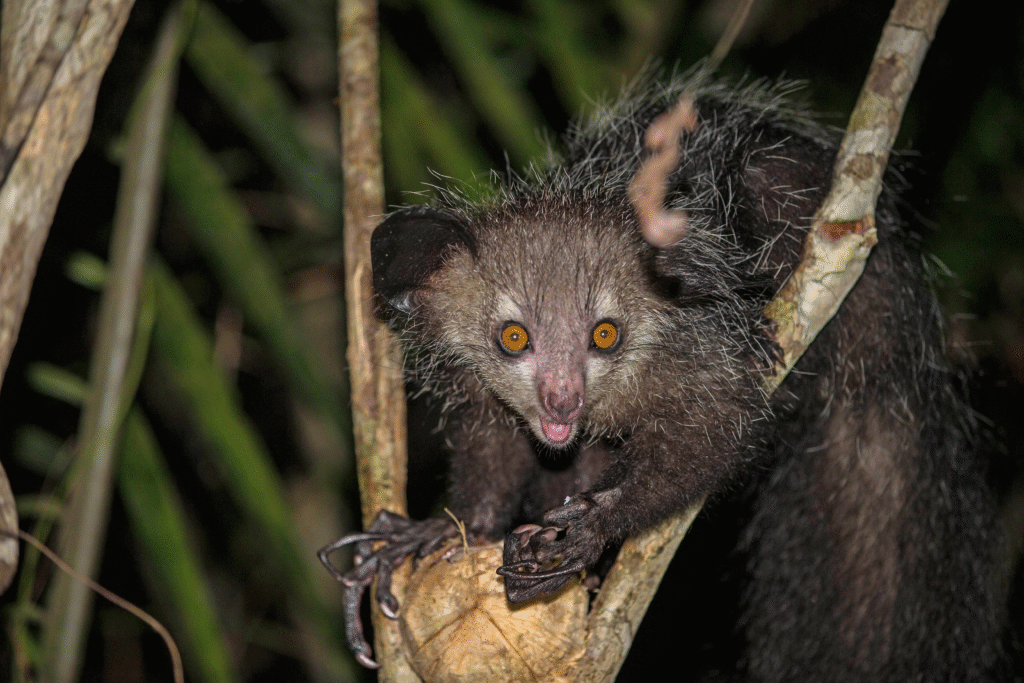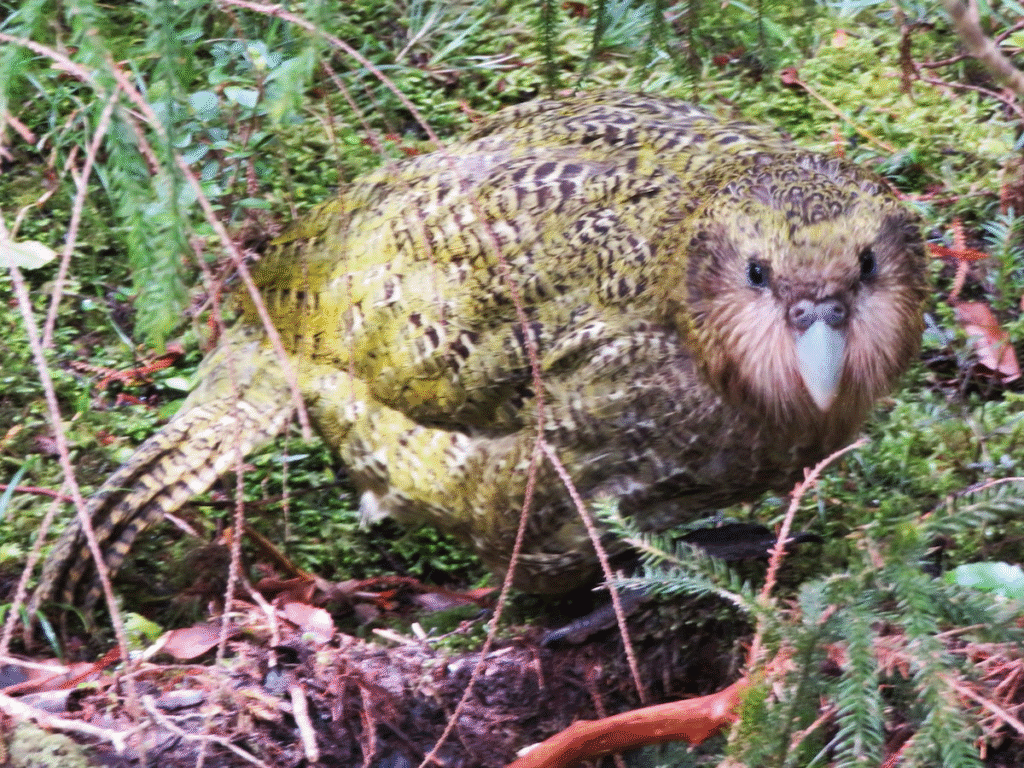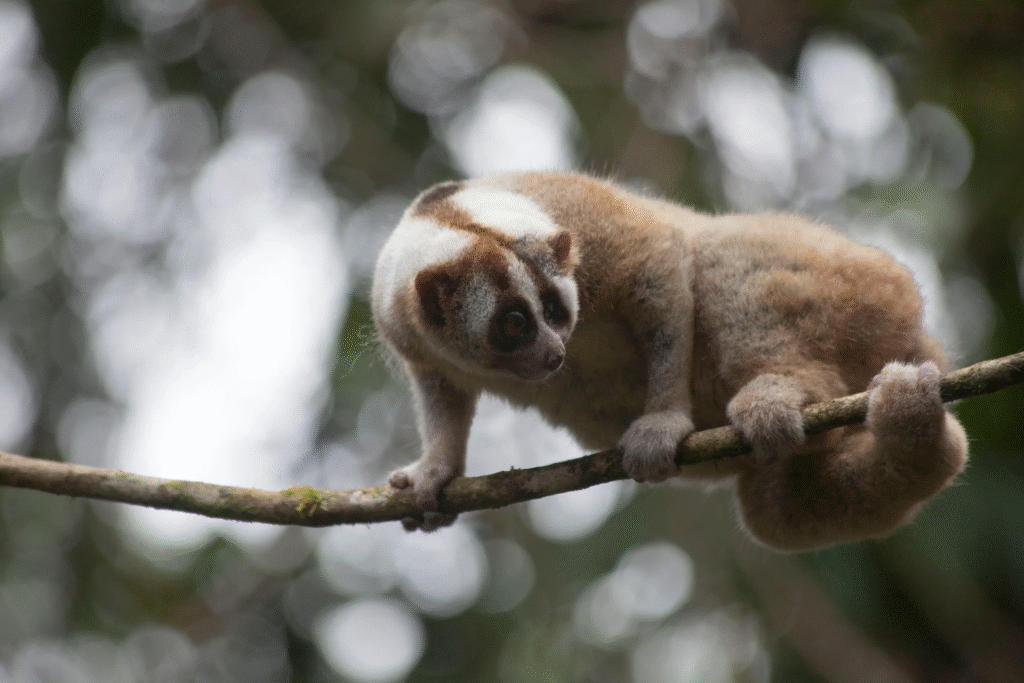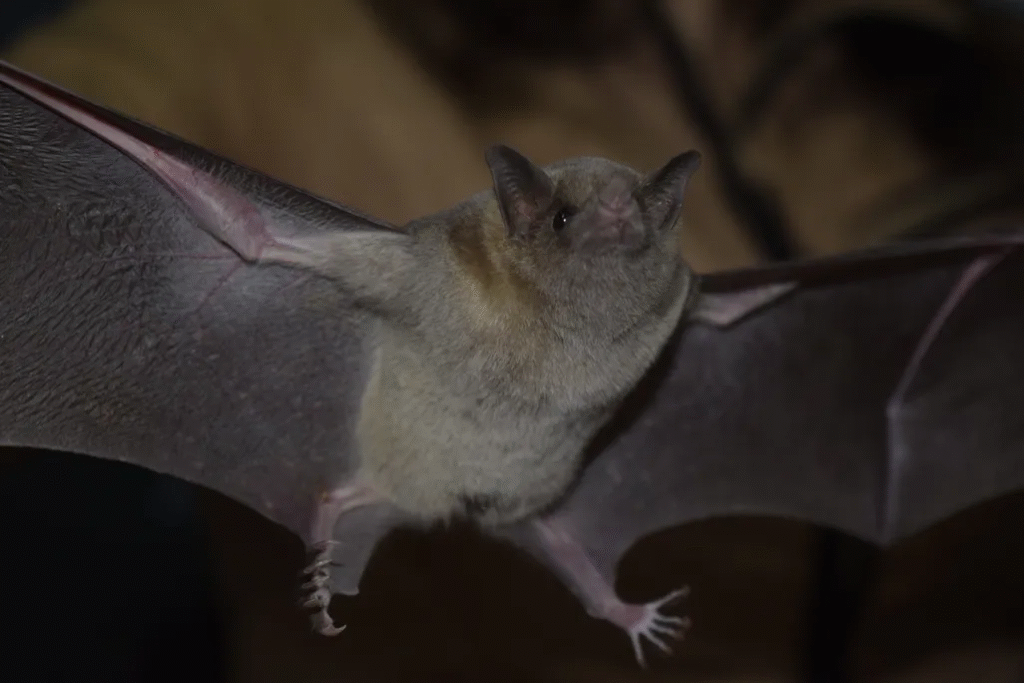Endangered Nocturnals: Night-Dwelling Species on the Brink
The natural world does not go to sleep at night. As the sun sets and daylight becomes a dim memory, another remarkable cast of creatures take the stage—stealthy, sensitive, and beautifully adapted to live in the darkness. Animals that have deeloped special senses to hunt, navigate and survive in the dark. All of them are now facing an unprecdented peril that they were never built for: extinction.
Due to habitat destruction, climate change, light pollution, illegal poaching and more, many nocturnal species around the world are teetering on the edge. Animals like this are rarely seen or even noticed to begin with, so these species face even grater challenges in being protected. This article covers the unique world of endangered nocturnals and the issues driving them to extinction.
The Vital Role of Nocturnal Species
Nocturnal species are a key aspect of ecological balance. Many of these species are also predators to control pest populations, such as rodents and insects. Other nocturnal animals are pollinators or seed dispersers. Their nighttime activities also complement those of diurnal (daytime) animals to create a 24-hour cycle of life that provided a diversity of life to maintain healthy ecosystems.
Despite their importance, nocturnal species are rarely the focus of conservation action. Because they operate at night, and are harder to study – there is less data available regarding their behavior, populations, and declines. With their invisibility in darker spaces, many remains in peril as their silent battles go unknown in their shadows.
1. Aye-Aye (Daubentonia madagascariensis)

The aye-aye is one of the strangest nocturnal animals in the world, and it is a lemur that is native to Madagascar. This animal has a bushy tail, large ears, and a long skeletal middle finger for taking insects from tree bark. It is an incredible example of what’s possible through evolution.
Sadly, this primate is critically endangered. In some local traditions, these animals can be killed on discovery as it can be thought of as an oen of bad luck. To add to the plight, due to logging and agricultural activities the aye-aye’s range is becoming more limited as habitat destruction occurs.
2. Kakapo (Strigops habroptilus)

The kakapo, also known as the owl parrot, is an endangered nocturnal and flightless parrot species found in New Zealand. Historically, it was once widespread until it was driven to the brink of extinction, with the current population totaling just over 250 individuals reported across a handful of predator-free islands.
Unlike most birds, kakapos cannot rely on sight. They are active at night, using scent to locate food and mates. Further, habitat destruction and the introduction of predators such as cats and rats pushed kakapos to near extinction. As of now, we can see the species returning from the very brink, with International Kakapo Recovery efforts such as tracking and managed breeding plan continuing the effort to save this unique species.
3. Pangolins (Genus: Manis, Phataginus, Smutsia)

Pangolins are the world’s most trafficked species of mammal. Due to a high demand for their scales and their meat, they are trapped and hunted en masse. Pangolins are solitary, nocturnal, insectivores that inhabit parts of Asia and Africa. They forage for ants and termites at night, coming out of their burrows and using formidable claws and long, sticky tongues to seek out food.
Today, all 8 species of pangolins are listed as vulnerable, endangered, or critically endangered. The illegal wildlife trade is a major factor contributing to their decline, as are deforestation and degradation of habitats. Because they are shy and nocturnal, pangolins are difficult to monitor, and impacts on their populations tend to pass unnoticed while numbers continue to decline over time.
4. Night Monkeys (Genus: Aotus)

Night monkeys, sometimes referred to as douroucoulis or owl monkeys, are the only truly nocturnal monkeys on earth. These primates are native to Central and South America and have large eyes suited for clear sight in dim conditions. Night monkeys consume a diet primarily made up of fruits and leaves as well as insects.
Some species of night monkeys have relatively stable populations but others, such as the Peruvian night monkey or Aotus miconax, are critically endangered as a result of deforestation and the illegal pet trade. These species also face pressure from biomedical research using wild populations.
5. Slow Loris (Genus: Nycticebus)

The slow loris is a nocturnal primate of Southeast Asia. The eyes are large and directed forward. Slow lorises are known for moving extremely slow. It appears gentle, but it is potentially dangerous; as the only venomous primate known, slow lorises have a toxic bite.
Slow lorises are trafficked for the exotic pet trade and traditional medicine. While capture and handling often prove deadly for the loris, it is highly sensitive to stress and abuse and its demise in captivity is sped along. Destruction of habitat contributes to its decline, with some species of this genus critically endangered.
6. Mexican Long-Nosed Bat (Leptonycteris nivalis)

Bats provide nighttime pollination and insect control services. The Mexican long-nosed bat (Leptonycteris nivalis), which has a roost in Mexico but migrates into the southern U.S., is one of the native pollinators of agave—the plant used to make tequila! These bats depend on nectar from flowering plants along the migration route to survive.
Unfortunately, flowering corridors are disappearing due to land development and agriculture, placing these bats at risk for starvation. This species is already endangered and has probably also contributed to the decline of agave plants that rely on it for pollination. Conservationists are working to restore “nectar trails” in order to facilitate their migration.
7. Fishing Cat (Prionailurus viverrinus)

The fishing cat is semi-aquatic, is primarily nocturnal, and is relatively unusual among cats. It is found in South and Southeast Asia, where it hunts in wetlands and mangrove forests, with the following preferred prey, fish, frogs, and small mammals.
Wetlands and mangrove forests are disappearing rapidly due to urban development, pollution, and agricultural expansion. When wetlands and mangrove forests disappear, it destroys the fishing cat. The fishing cat is currently classified as vulnerable, and its actual population is unknown, in large part because it is nocturnal and elusive.
8. New Zealand Lesser Short-Tailed Bat (Mystacina tuberculata)

Resembling a shrew in its behavior, the lesser short-tailed bat forages on the forest floor among decaying leaves by economically using its arms as forelimbs and folded wings walking on hands and knees. It is one of a few bats that can even use all four limbs for short terrestrial locomotion in searching for insects.
The lesser short-tailed bat is currently an endangered species, having formerly been abundant on the mainland as well as predator free islands. However, once introduced, predators such as stoats and rats destroy bat colonies. Now there are only a few predator free islands on which they survive.
The Threat of Light Pollution
Although habitat destruction and poaching are known threats, light pollution is increasingly recognized as another threat for nocturnal animals. Artificial lighting can disrupt natural behaviours including foraging, mating, and migrating.
Amphibians, insects, and mammals rely on the darkness of night for camouflage for movement and nocturnal navigation. Streetlights and urban glow can confuse commuting and nocturnal animals, interrupt sleep cycles, and increase predation risks for prey species. As an example, fireflies use bioluminescent signals to attract mates but are impacted by artificial lighting that overwhelms these signals.
Challenges in Nocturnal Conservation
Protecting nocturnal species comes with unique challenges:
- Limited Visibility: It’s harder to track and study animals that are active at night.
- Lack of Public Awareness: Nocturnal animals often receive less media attention and funding than charismatic daytime species.
- Difficult Enforcement: Illegal activities like poaching or habitat clearing often occur at night, making enforcement harder.
Nevertheless, technology such as camera traps, GPS tracking, and acoustic monitoring is helping researchers learn more about nocturnal wildlife and the pressures they face.
What We Can Do to Help
Saving night-dwelling species requires both local and global action. Here’s how we can contribute:
- Support habitat conservation efforts that protect forests, wetlands, and caves.
- Advocate for wildlife-friendly lighting, especially near sensitive ecosystems.
- Donate to or volunteer with organizations focused on nocturnal species conservation.
- Educate others about the importance of protecting animals we rarely see.
- Avoid supporting illegal wildlife trade, particularly exotic pets that are captured from the wild.
Conclusion
Nocturnal species may dwell in the darkness, but their contribution is invaluable. They pollinate plants, control pest species and provide a food source for other species, often keeping ecosystems functioning while we sleep. As the threats to nocturnal species increase, so too must our understanding and action.
To save the night is to save a critical part of Earth’s biodiversity. In a world that has no bed time, every call, flutter, rustle, and growl after sunset deserves our protection – so let’s act… and act before the night is quiet.







